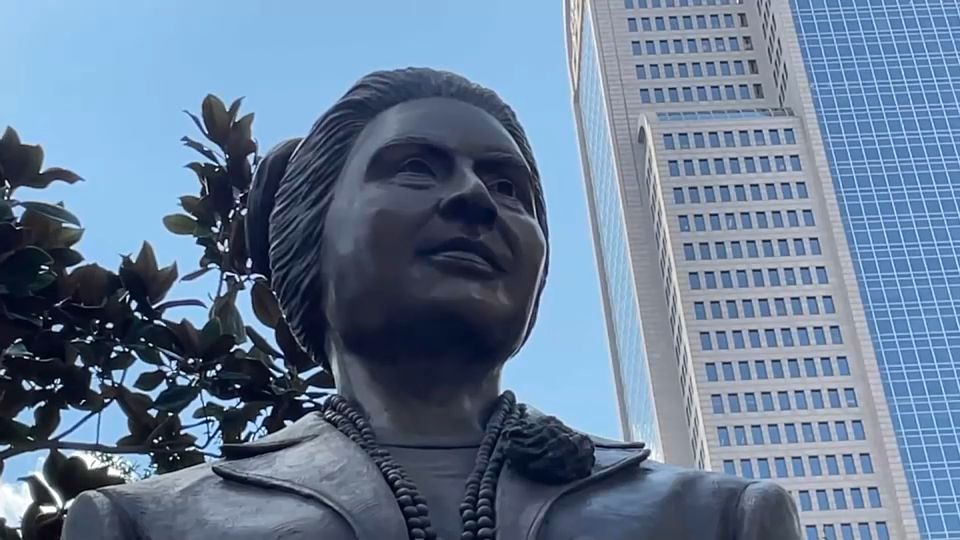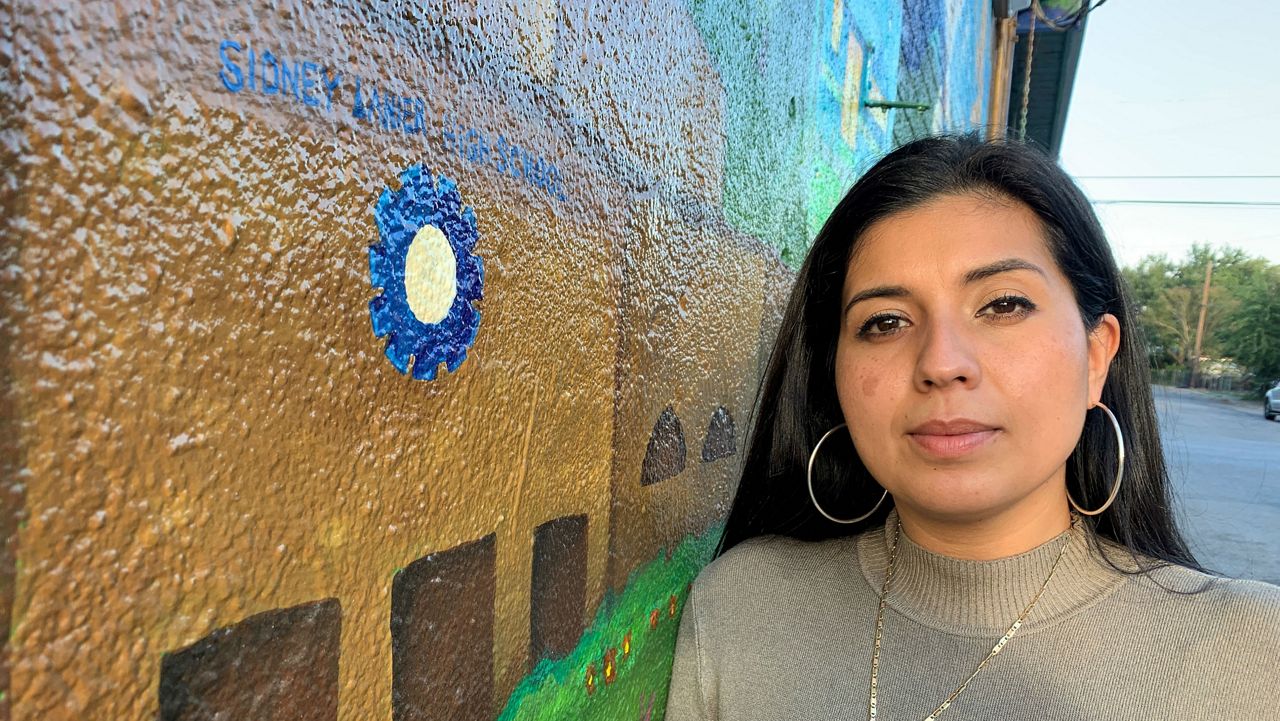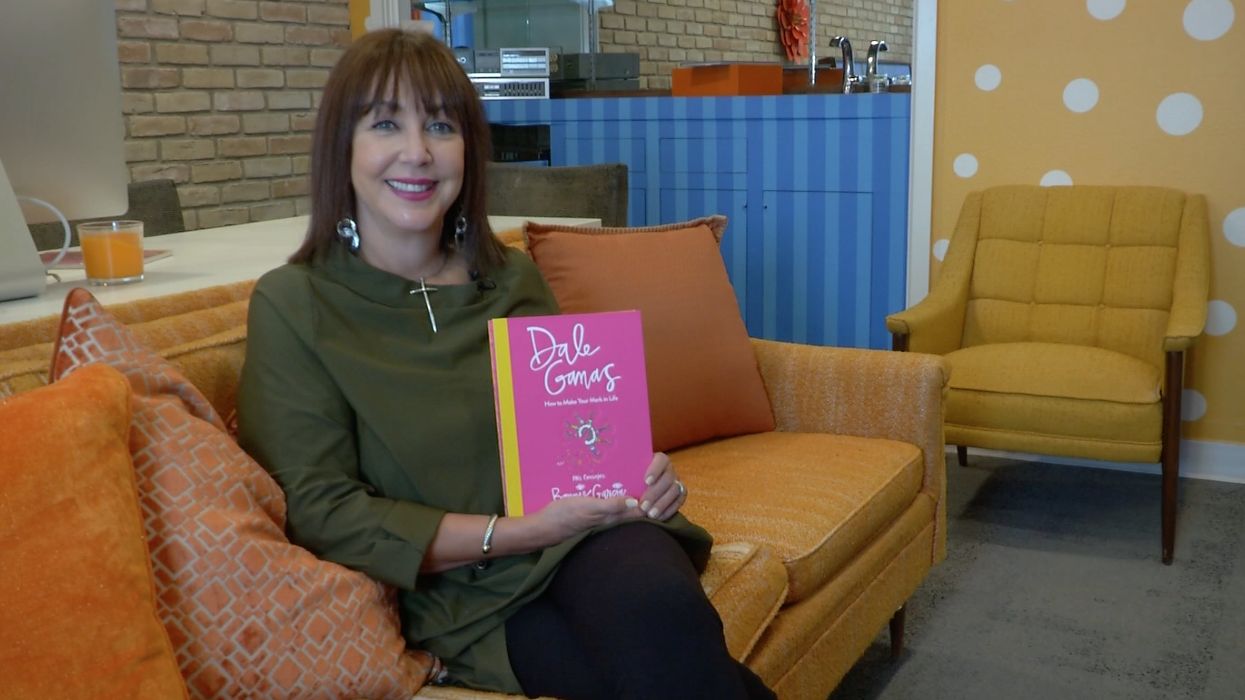SAN ANTONIO – Photographer Ramon Hernández spent his childhood dreaming of faraway places, but the San Antonio native never lost his connection to his barrio when he got the chance to see the world himself.
“I used to see pictures of all of these exotic countries and cities all over the world and you can only imagine, you can only dream of going there,” Hernández says. “Pero siendo pobre [but being poor] it’s never going to happen.”
Hernández grew up on San Antonio’s West Side in a poor Mexican-American community. His first chance to experience life beyond the barrio came when he joined the Navy in 1960.
“I got to see three quarters of the world in 23 years,” Hernández, 79, says.
After growing up in poverty, though, his friends back home didn’t believe he was living his dream.
“I would tell my buddies, ‘Aqui ta en [I’m here in] Morocco,’ and they would tell me ‘Si mentiroso—yeah, you liar. We looked at the letter. We looked at the postcard, it says FPO New York,’” Hernández says. “So then I bought a camera so I had somebody taking pictures of me riding a camel in Morocco.”

Wherever Hernández was stationed, he captured every moment with his camera. Eventually this lead him to work as a freelance photographer in places he was stationed, including in Guam.
“As I shot still photos for a movie called ‘Lone Sunday,’ they would run out of extras so the director would say ‘Ramon put on this uniform, now you are a Japanese solider,’” Hernández says. “Aye chihuahua, ta buen [it’s good]!”
That experience earned Hernández a small cameo on the original "Hawaii Five-0."
“One of the producers from 'Hawaii Five-0' was on the set and said, ‘If you ever come to Hawaii look me up,’ [and] gave me his card,” Hernández says. “I went to Hawaii, looked him up and he put me on one episode of 'Hawaii Five-0' [with] Jack Lord.”
He didn’t spend his entire career in the Pacific, though. While stationed in Washington D.C., Hernández’s interest in politics was peaked. There, Hernández linked up with Henry B. Gonzales, the longest-serving Hispanic member in the U.S. Congress.
“I told him what I did and that I liked to be involved in the political scene so his secretary Gail Beagle took down the information and sure enough, two weeks later she called me,” Hernández says.
Hernández covered the Watergate Scandal in 1973 and says he loved hanging around the United States capital.
“And I discovered the subway system, how to get to the capital real quick through the subway and then — their own private subway by the way – and then over to the Senate side,” says Hernández. “And one day I looked up Ted Kennedy.”
When Kennedy learned that Hernández was a veteran who was savvy with his camera, the late U.S. senator invited him to his office for a tour.
“He says, ‘What are you doing November so and so’, ‘Nothing I know, sir,’” Hernández explains. “‘Can you take pictures of me visiting my brothers’ graves at Arlington Cemetery?’ [I said] ‘sure,’ so I got a gig with Ted Kennedy out of that.”
After a decade-long stint in politics Hernández shifted his focus to Tejano music.
“Every time I came home on leave, I would go look at the papers,” Hernández says. “The San Antonio Express-News, the San Antonio Light and I would look for articles on Little Joe, on Sunny [Ozuna] on the Royal Jesters — nobody was writing about them.”
Hernández explains what he did to showcase Tejano music in a second part of this story which will be published later this week. A link will be added to this article when that story is available.












